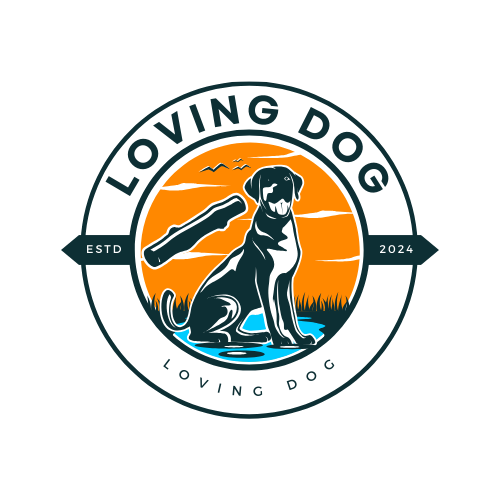How to Crate Train a Rescue Dog
Alright, folks! If you've recently welcomed a rescue dog into your heart and home, big kudos to you! Now, let's talk about a topic that's super important but might seem a bit daunting at first: crate training. Yeah, I know, the idea of crate training your new fur ball might bring up all sorts of questions and maybe even a few concerns. But fear not! I'm here to walk you through how to crate train a rescue dog with some easy-to-digest tips and tricks. Let's make this journey as smooth as a belly rub for both you and your pup. 🐕

Why Crate Training? Let's Break it
First off, why crate train? A crate can be a safe haven for your dog, a place where he feels safe and comfortable. Plus, it's a lifesaver for house training and prevents your pooch from turning your favorite shoes into chew toys when you're not around. Now, let's get into the nitty-gritty details, and enjoy reading.
Getting Started: The Crate Introduction 🧐
-
Choose the Right Crate: Look for a crate that's just the right size. Your dog should be able to stand, turn around, and stretch out comfortably. Too big, and it loses that cozy den vibe. Too small, and we're talking about a cramped space no one would enjoy.
-
Make It Cozy: Throw in a soft blanket or a bed, and maybe even a chew toy to keep them entertained. The goal? Make the crate the best spot in the house!
-
Location, Location, Location: Place the crate in a spot where your dog can still see and hear what's happening. They're part of the family, after all, and you don't want them to feel left out.
The Training: Slow and Steady Wins the Race ⏰
-
Introduce with Treats and Praise: Start by luring your dog into the crate with treats and lots of happy talk. The idea is to create positive associations with the crate. No forcing them in. If they're hesitant, that's totally okay. Patience is your best friend here.
-
Meal Times Inside: Feeding your dog their meals inside the crate can help them see it as a happy place. Who doesn't love eating in their favorite spot?
-
Short Sessions: Begin with short periods of time in the crate while you're home. Gradually increase the time as they start to feel more comfortable.
Dealing with Whining: Keep Calm and Crate On 😇
It's not uncommon for rescue dogs to feel a bit anxious or whine a bit when they're first getting used to the crate. Here's the deal:
-
Don't Rush to Let Them Out: If you open the crate at the first whimper, you're teaching your dog that whining = freedom. Wait until they've calmed down before letting them out.
-
Exercise and Bathroom Breaks: Make sure your dog is getting plenty of exercise and has gone to the bathroom before crate time. A tired dog is a happy crate dog.
Consistency Is Key 🚀
Like with any training, consistency is what's gonna make it stick. Keep the routine steady, and always associate the crate with positive vibes. And hey, don't forget to heap on the praise and love when they're doing well. They're doing their best, after all.
Check out this great anti barking device for dogs that's perfect for training (Paid AD)
Conclusion :
Crate training a rescue dog might seem like a big task at first, but with patience, love, and consistency, it can be a smooth process that benefits both you and your new furry family member. Remember, every dog's pace is different, so celebrate the small victories and keep the training positive. Before you know it, your rescue pup will be chilling in their crate, safe and sound, dreaming about their next adventure with you. Happy training!
